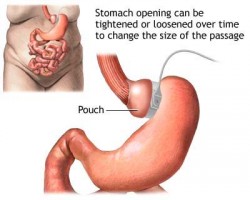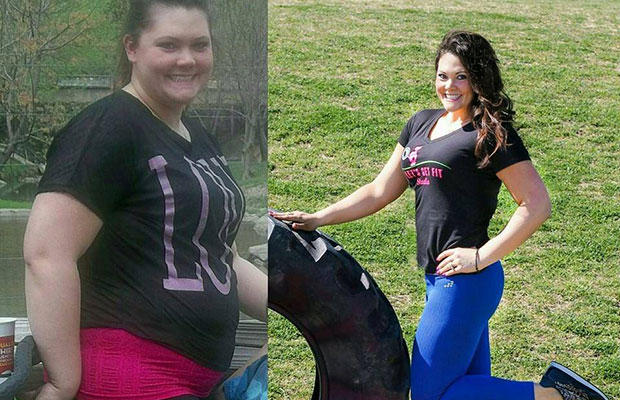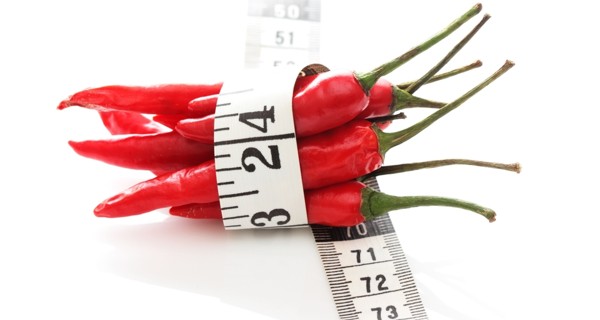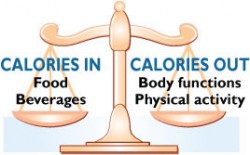Is Metabolism B causing your weight gain? Take this self-test today!
And it’s that starch-blocking power that could help you shed pounds. “If you’re interfering with the digestion of starch, less is being broken down into calories in the bloodstream. Over time, that might cause a subtle effect on weight,” says Johnston. A few other studies back up the theory: Consuming two teaspoons of apple cider vinegar before eating a bagel and juice was shown to reduce blood sugar spikes in a 2009 Annals of Nutrition & Metabolism study, while Japanese research published that same year associated vinegar consumption with lower body weight, BMI, weight circumference, and serum triglycerides.
Still, most mainstream dietitians remain skeptical of ACV’s weight-loss power, saying more evidence is needed. But as long as you don’t have a problem tolerating high-acid foods (like GERD or indigestion), drinking apple cider vinegar won’t hurt you, says Kimberly Gomer, a registered dietitian at the Pritkin Longevity Center + Spa in Miami. Thinking of giving it a try? Here’s how.
Get the right vinegar. You don’t actually have to limit yourself to ACV, since all vinegars contain acetic acid. “Wine vinegars have a smoother taste, but even white distilled vinegar works,” says Johnston. Just look for one whose label says 5% acidity, which is what you’ll find in most cooking and salad vinegars. (Avoid pickling vinegars, which have a higher acid content.)
Have just a little. Consuming too much acetic acid can hurt your throat. A tablespoon of apple cider vinegar mixed with 8 ounces of water and taken before a meal is a safe dose, says Johnston. And if the idea of drinking vinegar turns your stomach, try drizzling the same amount over a salad. “That’ll help fill you up and give you vitamins, minerals, and phytonutrients,” Gomer says.
Don’t expect miracles. Even though it can help block some starch from being absorbed, drinking vinegar isn’t a free pass to eat the entire sleeve of cookies. “This isn’t going to help you lose 5 pounds in a week,” Johnston says. To notice a difference, “you’ll have to look 3 or 4 months down the road.”




